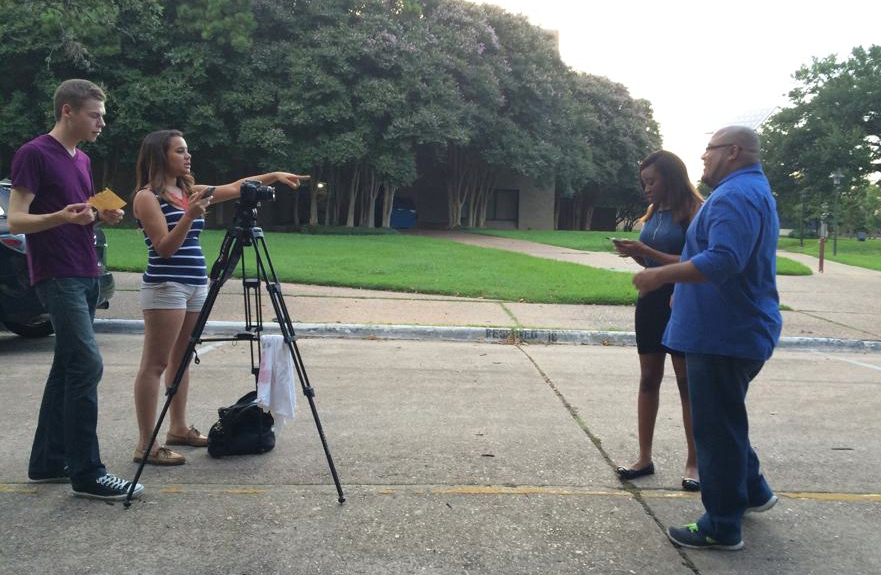By Ray Ruiz
The Venture
Journalism schools across the country are failing Latinos – and creating a talent deficit for media companies in the U.S.
The chaos of the Internet has wrecked the industry and has left journalism schools scurrying to plug the digital holes in their curriculum, while universities ignore the Latino demographic tsunami that is moments away from engulfing and sinking their proverbial ship.
According to the Pew Research Center, 800,000 U.S.-born Latinos enter adulthood each year, which is expected to rise to over a million annually. By 2060, they will account for 31 percent of the U.S. population. The implications of the population shift are stark for higher education and the media.
These staggering facts are not lost on NBC, Fox and other companies that are retooling their audience targeting strategies to capture the attention of Latinos, but for the most part, they are failing miserably.
CNN Latino recently shut down because of its failure to “fulfill our business expectations.”. Isabel Bucarem, public relations director for CNN, stated that the company learned a lot from its foray into Latino programming and will use the opportunity to “innovate” and “evolve” their standing with the Hispanic community.
It’s a conundrum that no media outlet has nailed down yet.
The innovation problem for CNN and the rest of the industry is that journalism schools in America are not producing enough digitally savvy, culturally-connected journalists that can fill the talent gap media companies need to effectively reach the complex Latino audience.
Journalism school is the students’ training ground for entry into TV/radio stations, newspapers, Internet publications and magazines. While academics recognize the impact of the Internet and have taken corrective action to modify their curriculums accordingly, journalism educators have yet to acknowledge the gaping holes that exist in regards to training the voice of the next multicultural generation.
Research by Dr. Mu Lin, a digital journalism educator in New Jersey, has found that of 483 journalism and communications programs in the U.S., 111 are identified as digital or multimedia. This is a clear sign that j-schools are catching up with the digital age.
No such research is readily available for schools that offer bilingual journalism majors…
Finish reading Journalism schools failing Latinos, media companies suffer




